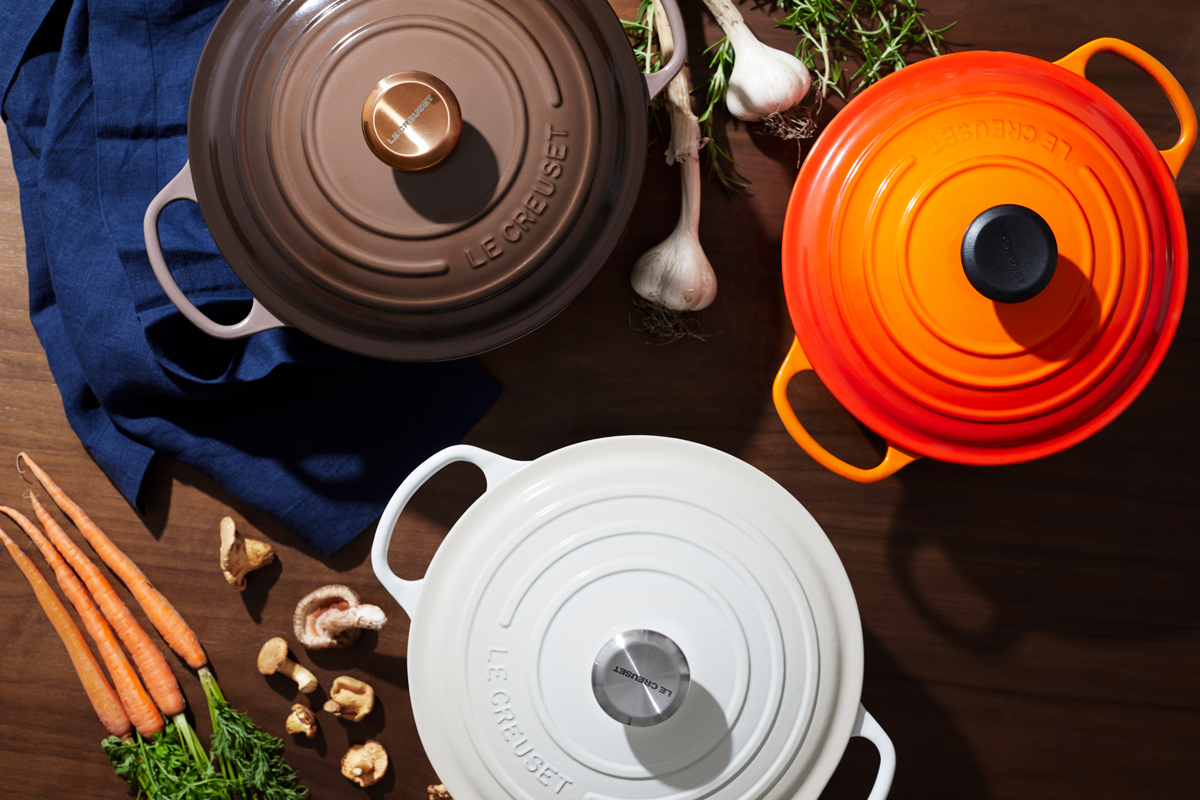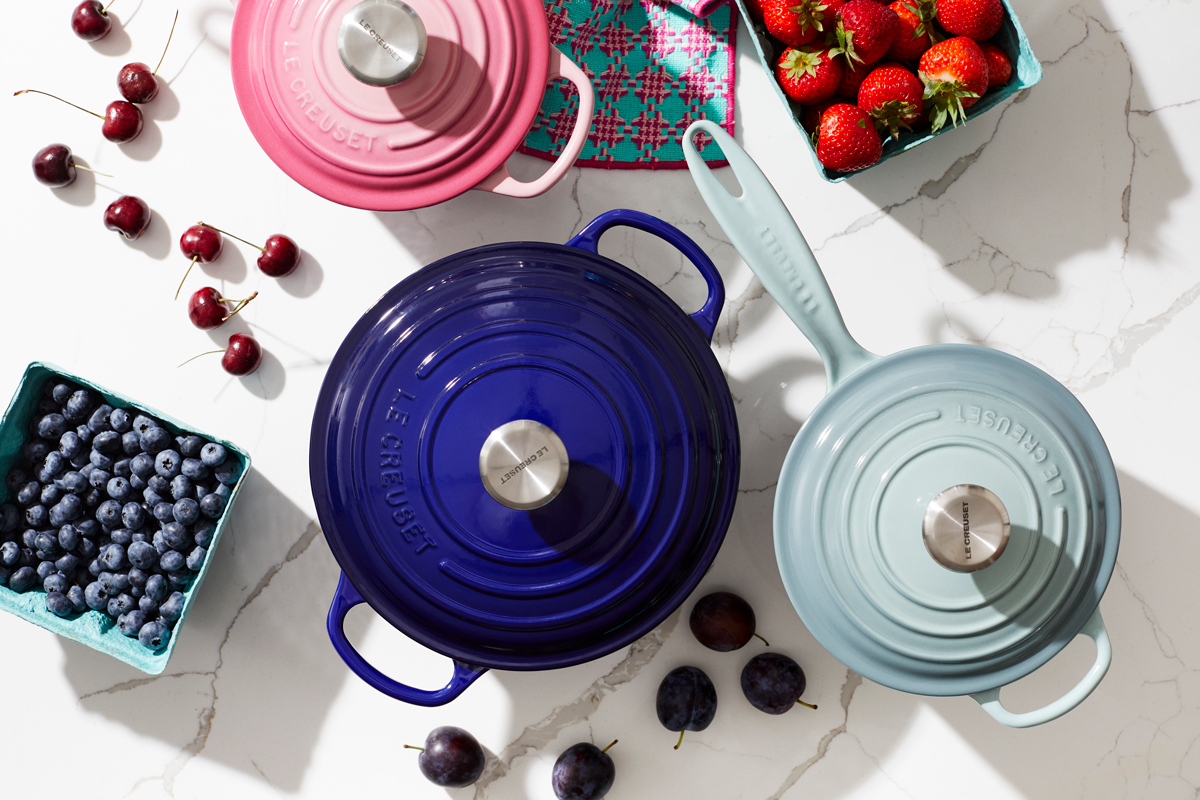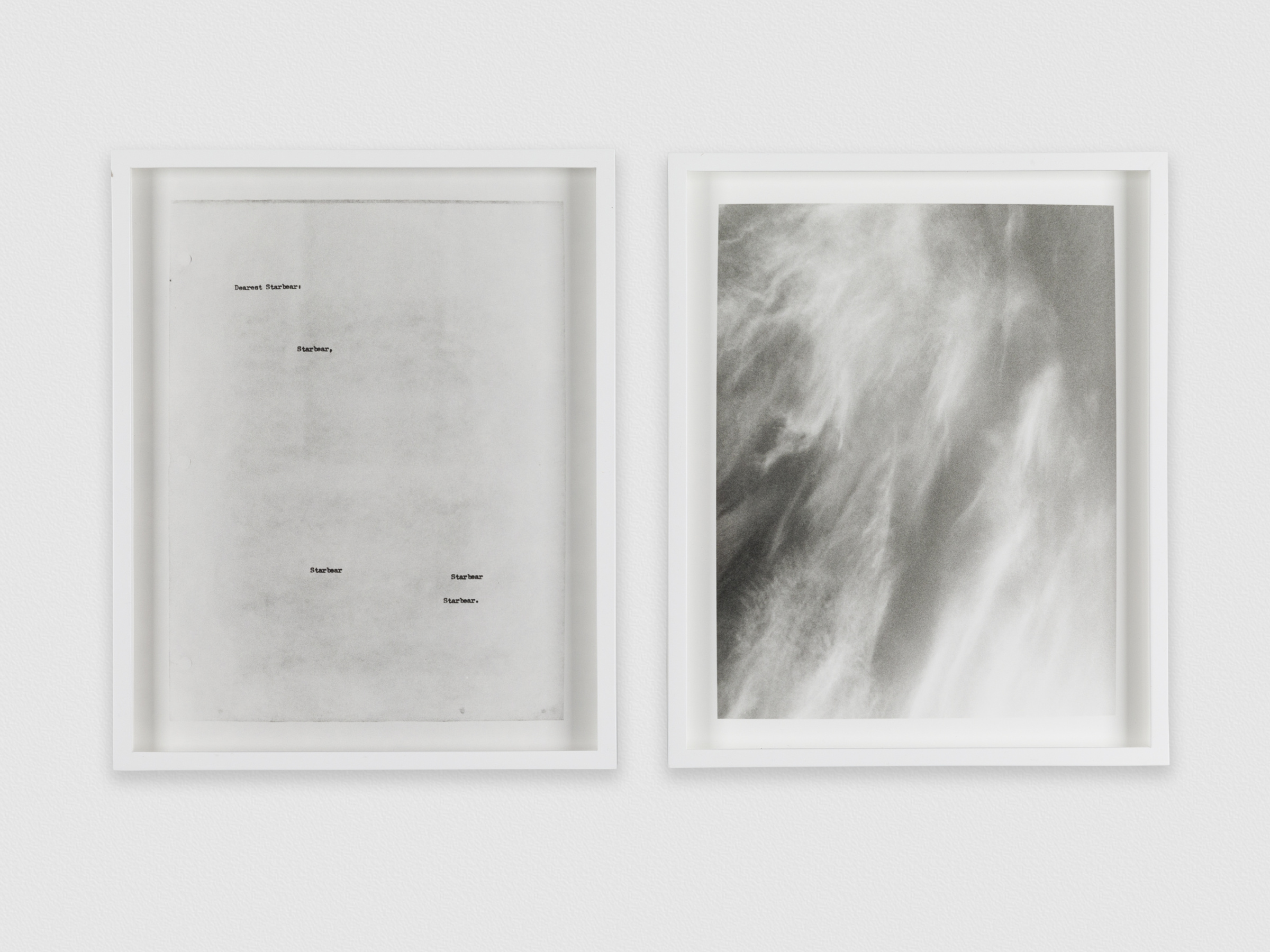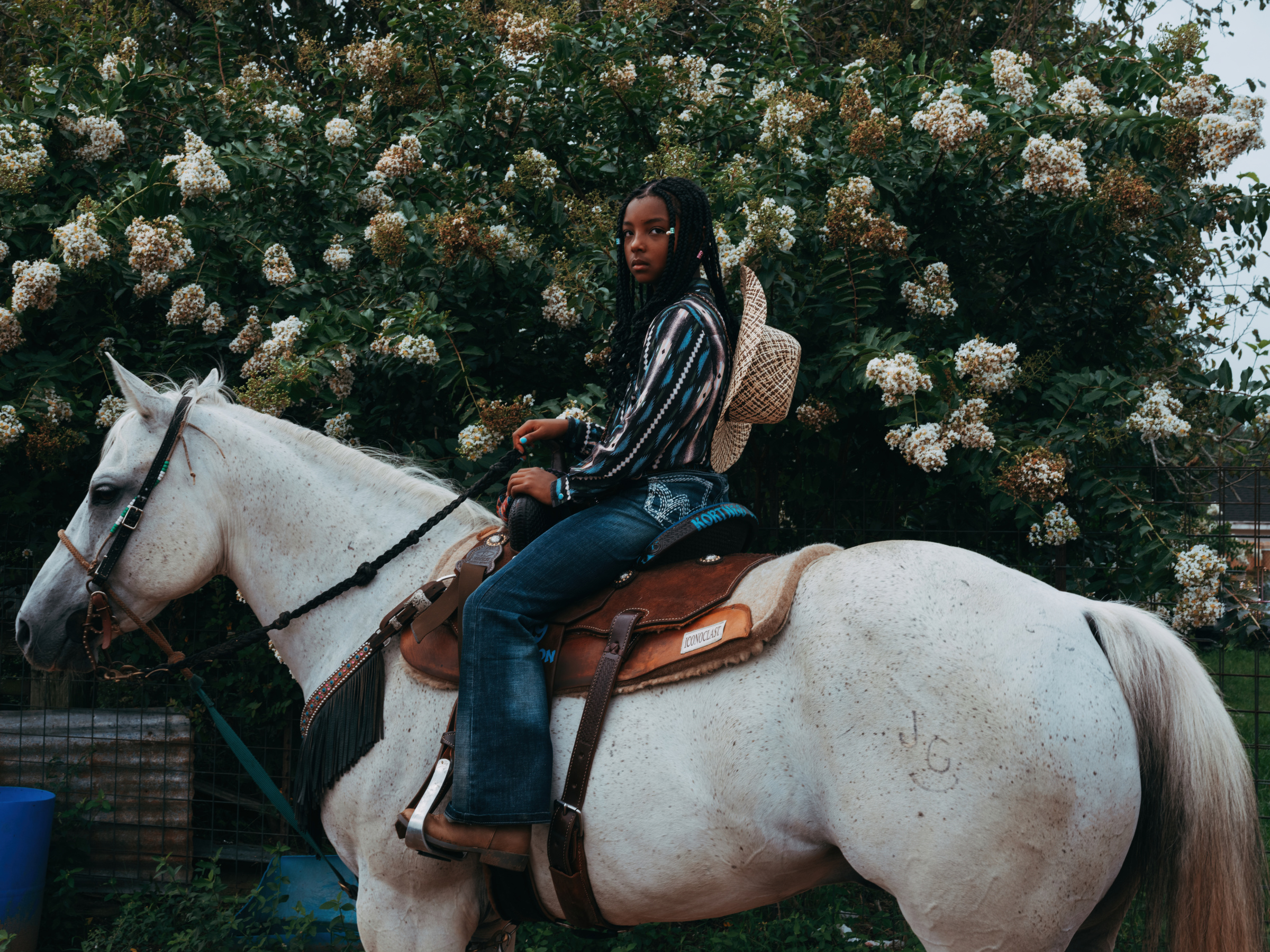Trends in color in the home shift, and that’s true in the kitchen, too. “With the phenomena of the open floor plan, the kitchen has become a much bigger signature of the entire home,” says Christopher Scinto, vice president of marketing for Le Creuset. While many kitchens used to be their own entities—separate from living or dining areas in a lot of houses—today they are often the center of a home’s design. Le Creuset was the first to bring color into the kitchen, when they introduced a color called Flame, or Volcanique if you’re in the company’s homeland of France, to enameled cast iron. “In 1925 our founders derived their color inspiration from the unparalleled spectacle of molten cast iron being poured from a crucible. The signature ombre gradation came about because as that iron cools when it’s being poured it goes from this bright hot orange to a darker orange.” The color went on to become synonymous with the brand.
Today there are more than 33 active colors in the U.S. market, and Le Creuset releases new colors every year. The company has introduced more than 200 colors since its inception and doesn’t take retiring any lightly. “The role the brand plays in people’s lives is intensely personal,” Christopher says. “Colors and products get passed down from generation to generation, so we have to take into account the memories attached to our colors beyond a current selling trend.”
“Products get passed down from generation to generation, so we have to take into account the memories attached.”
Le Creuset works with trend forecasting agencies to understand where color will go in popular culture, interior design, and given any economic and geopolitical events. They also consider overall interest, though people use even the same color in different ways. “We have seen our colors used in very traditional settings as well as very modern environments; the result is absolutely personal,” Christopher says.
Le Creuset spends a lot of time tracking colors and watching their evolution in the marketplace. “The influence of how people are living and sharing information and cooking being central to people’s identity is something we’re very keen to continue to follow,” Christopher says. “It might be a super clean minimalist kitchen with a gray or a white pot that blends in. Or it might be the same kitchen with this bright pop of berry. There is no one right answer. We actively solicit consumer opinion on how they like to mix, match, and display color in their homes as opposed to having the brand dictate the direction.”
- Developing Le Creuset colors isn’t just matching a color chip. “It’s not a paint that’s sprayed on,” Christopher says. “There’s an in-house chemist working with pigment, minerals, and oxides who takes an idea we’re expressing through color chips and imagery and turns it into something beautiful. It’s a working definition of science and art.” Photo by Samer Almadani
Christopher himself practices what he preaches, though right now he’s all about Indigo. “The color I chose for my own home was less about my personal favorite color and more about how it rendered itself when I brought it to the table or it was displayed in the kitchen. While I would say I do have a current favorite, I’m leaving the door open to add more.”
You won’t find a color chip anywhere that exactly matches a Le Creuset color. Each color is unique, as Le Creuset maintains an in-house atelier where artisans are constantly exploring new hand-applied color applications, finishes, and materials. “These are Le Creuset employees who have been here for generations with expertise in their respective areas and, like any creative process, the more people engaged at bringing that to life the more brilliance comes into play,” Christopher says. “There’s an in-house chemist working with pigment, minerals, and oxides who takes an idea we’re expressing through color chips and imagery and turns it into something beautiful. It’s a working definition of science and art.”
Everything happens at the foundry in Fresnoy-le-grand in northern France, where it’s been happening for almost 100 years. The Dutch oven form itself has been around as long as most people can remember, but Le Creuset has perfected it. Consider fine details like how the lid meets the inside rim and the thickness of the cast iron. “We’ve continued to make improvements for nearly 100 years. We can talk about color and the beauty of the product in its simplicity, but there’s a complex set of physics going on inside that product when you cook,” Christopher says. “When we make any adjustment, it’s about as considered a shift as you can possibly make. There is a true craft here at every juncture.”
Throw the perfect party with Sixtysix’s complete guide to entertaining here.
This article originally appeared in the Fall/Winter 2019 issue of Sixtysix with the headline “Le Creuset Dutch Ovens.” Subscribe today.
PRODUCTION CREDITS
Produced by Studio Sixtysix
Words by Laura Rote
Photos by Samer Almadani
Prop Styling by Adrienne Blumthal
Studio Sixtysix is the in-house creative agency to Sixtysix magazine. Studio Sixtysix stories are conceived, produced, and edited by Studio Sixtysix.





